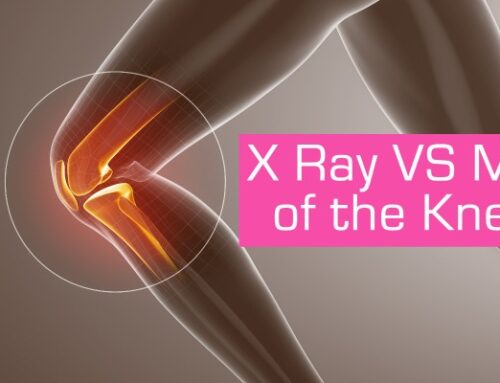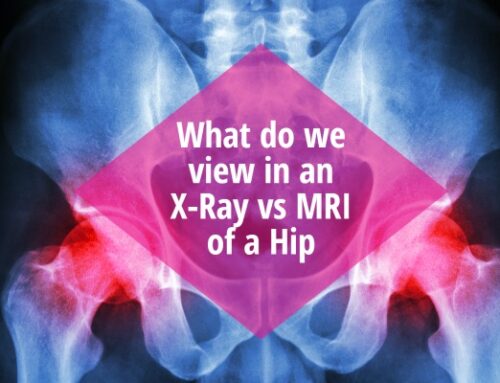Basic strength and stability is a purposeful encounter with regular movements and exercise participated with a specific end goal in mind. Perhaps that goal is climbing a mountain, participating in activities with the kids, running your first or fifth Tough Mudder, among so much more. It would seem rather obvious that in order to have good stability we must look at what makes contact with the ground FIRST. So, that is where we will start.
The foot/ankle are actually not the most important for strength and stability in the body, look at some of the most powerful and influential people who are double amputees, no lower limbs and rocking the world! They are extraordinary beings. For the rest of us, let’s discuss some basic anatomical components of the ankle/foot, things you may currently do in your everyday life can DECREASE and what you can do to start making positive correction, renewed strength, and potentially improve your quality of life!
The foot is actually very complex and consists of 26 bones, 33 joints and over 100 muscles, ligaments and tendons to help create and stabilize movement. Remember one of our key fundamentals is that “mobility without stability is useless”. After today you’ll have a better understanding of what that looks like and you won’t be able to help but look at your family members feet when they visit.
For simplicity let’s look at the foot in 3 main sections. The Heel. The Forefoot. And the Phalanges (toes) – couldn’t leave those out of it! Your toes provide a great amount of balance and support when you walk. Have you ever tried balancing for short or prolonged periods of time, your toes are often the first to claw down into the floor, seeking stability and it usually causes discomfort in the arch. The heel is like your foundation, it is where you carry most of your load and weight. Your forefoot is under appreciated as it makes a huge impact on your whole body. Most people will simply think of high arch, low arch, no arch and they attribute that to certain shoe brands, foolishly accepting what they have as all they will ever get. Remember those 20 articulated muscles of the foot create great potential. “The human body was beautifully created to heal itself and when you give it the proper fuel and exercise it in the way God intended it can do amazing things.” Who do you know that has ever rolled a foot, sprained an ankle, torn vital ligaments? Surely these actions have led to loss of integrity to the stabilization and strength capability of the joints but the fight is not over. Some tears require surgical intervention, with those expect months of physical therapy and some discomforts along the way, but never stop moving it! The most common ankle sprain involves trauma to the anterior talofibular ligament. What I’ve noticed it that peoples bodies respond differently. For some, their ankle stiffens, losing vital range of motion as a way to protect the joint from any further injury. The connection from mind to body is conversation such as ‘I was hurt before, and I’m not going to allow any movement to happen here because I don’t trust that you can keep it from happening again.’ Is it a mind thing? Partially. The body is smart! You have to reeducate the body that ‘it’s ok to be here’. At the same time you have to be able to back that up with the stability your body is looking for to maintain your weight load as well as any activities you wish to participate.
Have you ever noticed someone that walks with their feet not pointing in the direction of which they are moving but outwards and at an angle? Sometimes you can even tell (on a total stranger) when someone drives a lot. Only their right foot (accelerator and brake foot) will point outwards. Not a guarantee of course. This little change in direction affects the entire body. After all, we make contact with the ground first which now redistributes impact and load to different area of each joint above. The very first joint of connection is right there at the ankle. By having the foot pointed outwards we have removed certain activation of the lateral muscles and put them in a consistent shortened, not strong but shortened, state. Not strong but shortened means the muscle does not have the elasticity of controlled contraction; step off a curb wrong and you’re more likely to have an enhanced injury if a rolled ankle were to occur. Take in account as well that repetitive lack of contraction of certain muscles also takes away opportunity for body-righting, the contractions which take place to engage balance.
Your body has natural mechanics that are supposed to take place when you walk. The first starts with the heel strike and protraction of the forefoot. This initiates the body’s mechanics along the connection chain in each of the joints above as we earlier briefly mentioned. Take someone that has high arches or low arches that don’t allow this movement to take place or someone that has a shoe with a lot of support or too little support. It’s important to seek an expert on this issue particularly if you experience pain. Plantar fasciitis is probably one of the most common complaints in foot pain. Acutely it’s rather easy to fix. We have a video on this in our private group on Facebook which you’re welcome to join “Love & Support with Trainer In PINK” (just remember the & sign when doing the search)
For corrections, let’s start with simplicity. Pay attention to the direction of your feet during purposeful activity. Not everyone will be the same but your legs/knees/feet from left side to right side should be the same. Start with recognizing this during exercise, even if they’re not actively being used. Then pay attention while you walk. All moving parts should be guiding you into the direction of which you choose to be moving into. Exercises to strengthen the medial and lateral muscles of the ankle and foot are also beneficial as people tend to forget. Most people are very familiar with linear movements (front and back) but sometimes people forget that we have another plain of motion from side to side. Start with a resistance band for specific isolated movements then slowly work into compound exercises which engage you laterally. Really test your balance and strength (the combination of the two being stability) by practicing unilateral exercises, exercises on one leg and advance into movements from the one legged position.
I hope you find this helpful in your journey for building strength and stability from the ground up at the ankle/foot. If you have questions or need further direction please free to reach out to any of our amazing personal trainers. We can offer consultation, direction and of course in home one on one training as well. Be Blessed & Make it a Healthy Day!
-Alba







Leave A Comment